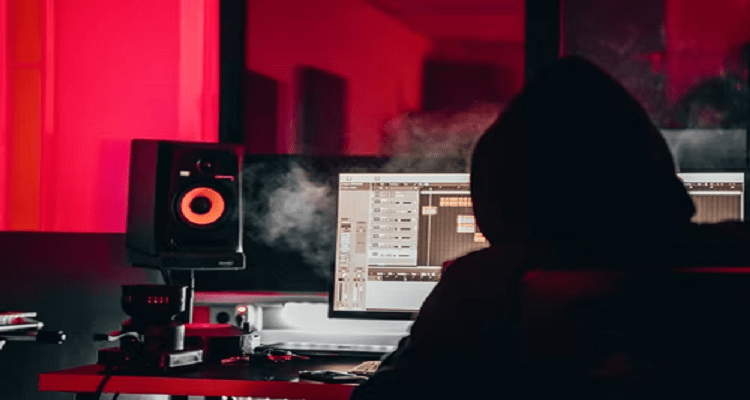When you watch a final film or video, everything appears seamless and fluid, yet what you see is the result of months or even years of hard labor by a large team of people. The filming process is divided into three stages: pre-production, production, and post-production. You may take your first steps into video production with expert tips on how to manage your own production like an expert and insights into each phase of the production process. Read on to learn more.
Pre-Production
The stage when you shoot your video—production—is, believe it or not, the shortest. Pre-production is the initial and longest step of any video project. This includes everything, from choosing a shooting location in Vancouver to enlisting a production company in Toronto and everything in between that is required to establish the framework for the entire project, no matter where you are in the world. This planning step takes a long time, anything from three months to a year. The objective is to iron out as many bugs as possible before production begins so that the rest of the project works smoothly and on schedule.
Every project’s pre-production will be unique. A local marketing video will have different resources, finances, and creative goals than a high-budget music video. However, regardless of the sort of video you’re creating, don’t skimp on pre-production preparation since it sets the tone for the remainder of the project.
Planning Process
Producers and directors are typically the ones who kickstart a project. The producer is responsible for the practical components of video production, such as obtaining funds and employing crew personnel, whereas the director is in charge of all things relating to artistic direction. Typically, he will hire a video production studio and recruit their own production staff. During the project and work on scriptwriting, writers, cinematographers, and the director collaborate.
The script for the video is already written, and all that is left to do is determine how to adapt it for the screen. In the meantime, the production crew must explore locations and talent, settle finances, and establish a project timetable.
A shot list is an essential task to prepare during pre-production. When you come to production, it will help you prepare your shooting schedule and ensure that you don’t miss any good shots. The schedule will change as you go, but the goal is to iron out any potential concerns during pre-production so that you can focus only on performance and obtain the best image possible throughout production.
Production
It’s time to put your pre-production ideas into action once you’ve finalized them. The production phase is when you record your video on location. This is also the time to record any voice-overs or other sound effects that will be used in the final cut. Videography can take anywhere from 1 to 3 months for a full-length film, while a short promotional or explainer video can be completed in only a day or two. Regardless of the size of your video production, filmmaking is a massive job that requires many hands to bring to life. Make sure you have a staff that can cover all aspects of the set.
Video Equipment
To get started, you don’t need much in the way of video equipment. An iPhone or even your camera may be used to create several great films. Budget, expertise, and team size are all important considerations. Because you don’t have a large crew and can’t afford a top specialist while your company is tiny or in the startup stage, you have one producer who wears all the hats. A smartphone will suffice in this instance. As your team and budget expand, you may be able to hire a strategist, a director, and a playwright, making superior equipment more affordable.
Post-Production
Once you’ve done the shooting, you’re ready to take your video to the editing studio. This stage of the production has its own team of experts that organize, assemble, sequence, and improve raw footage to produce high-quality video. Colorists are in charge of color correction and grading, whereas sound engineers are in charge of mixing audio recordings.
The editing process will not happen overnight; depending on the magnitude of your production, it may take many months. Editing gives you more time to get each component just how you want it. Editors use industry-standard video editing tools to create a polished end result.
These are the processes involved in most video productions. The amount of effort and time you spend on each phase is determined by the sort of video you want to create. Hopefully, this article has given you a better understanding of the video-producing process.















